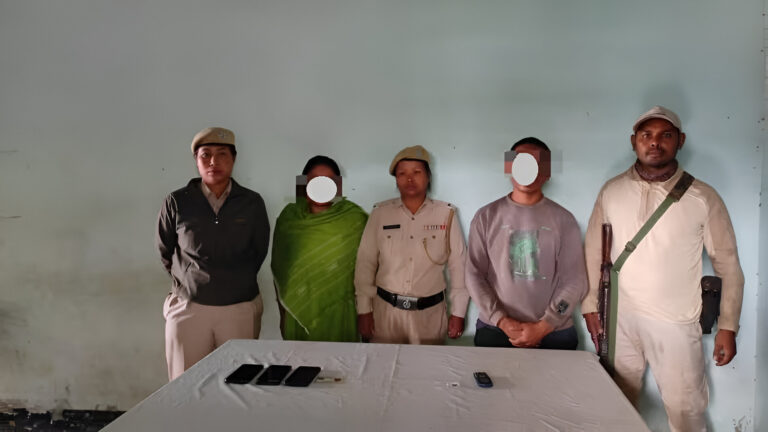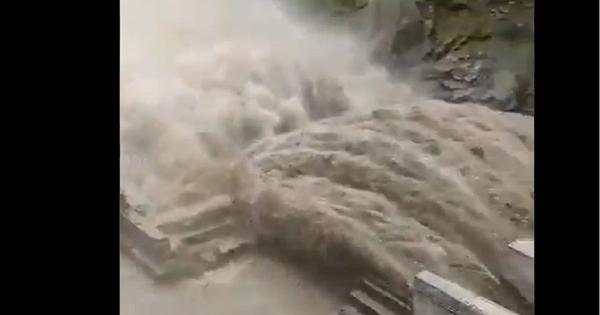Violence Escalates in Manipur as Kuki Militants Target Valley Villages
Summary
Kuki militants launched coordinated attacks on several valley villages in Manipur, sparking terror and forcing residents to flee. The violence followed the death of 11 militants, igniting further clashes between security forces and militants. Villages such as Koutruk, Kadangband, and Kangchup Chingkhong experienced gunfire and rocket attacks, with some explosives failing to detonate. Security forces responded, but the violence left villagers, including children, traumatized and homeless.
Full Article
Introduction
Manipur is once again facing the devastation of militant-led violence, bringing severe unrest to valley communities. In recent days, Kuki militants launched attacks across multiple villages, following the fatal encounter of several militants. This article dives into the origins of this conflict, its impact on local communities, and the government’s response in handling the situation.
Background of the Unrest
The clashes between the Kuki militants and local security forces are rooted in longstanding ethnic and political tensions. The recent killing of 11 militants intensified these divisions, setting off a wave of retaliatory attacks in valley areas. Villages in Imphal West, like Koutruk and Kadangband, became immediate targets as militants fired rockets and bullets. Let’s break down how these attacks unfolded and why they led to such widespread fear.
Why Valley Villages Are Targeted
The location of valley villages positions them as focal points in this regional struggle. These areas are relatively accessible and have minimal protective infrastructure, making them vulnerable. The militants’ choice of targets—villages near police stations or known security posts—reveals a strategy to push against government presence and instill fear.
Immediate Impact on Residents
The psychological toll on villagers is profound. Imagine living in a place where explosions and gunfire become part of your evening. Families are left with little time to evacuate, some fleeing with only what they can carry. This violence has especially impacted children and elderly residents, who are often less able to respond quickly.
Response of Law Enforcement
Security forces, comprising both state and central agencies, responded with force to defend these areas. Yet, despite efforts to suppress militant actions, militants managed to inflict damage, destroying homes and instilling chaos. It’s a delicate operation; while protecting the community is paramount, the continued escalation hints at a deeper strategy by militants to weaken the government’s hold on these regions.
Government and Community Response
Local governments have offered emergency relief to displaced families and are working on restoring order. Community leaders have voiced concerns over long-term stability, urging enhanced security and better infrastructure to safeguard against future attacks.
FAQs
1. Why are the Kuki militants attacking Manipur valley villages?
The attacks are a retaliatory response to recent militant casualties and aim to assert their influence over these vulnerable regions.
2. How are villagers managing amid the attacks?
Many residents are evacuating to safer areas, although some are unable to leave due to limited mobility or resources.
3. What steps are being taken by local authorities?
The government has deployed additional security, providing shelter and aid for affected families.
4. Are similar attacks expected to continue?
While officials are working to restore peace, the volatile situation indicates possible continued violence.
5. Can affected families seek compensation for property damage?
Relief efforts are in place, and compensation is expected to be discussed as part of a broader recovery plan.

